Introduction
Have you ever stood in your kitchen, wondering whether meal prepping or eating fresh is the better choice for sustainability? This common dilemma, faced by many Australians, reflects broader concerns about environmental impact, health, and convenience. With Australia's commitment to reducing food waste and carbon emissions, understanding the sustainability of our eating habits is more relevant than ever. The Australian Bureau of Statistics (ABS) reported that food waste costs Australian households approximately $3,800 annually. This article delves into the sustainability of meal prepping and eating fresh, offering data-driven insights, expert opinions, and actionable strategies.
Meal prepping, often hailed for its convenience and potential to reduce food waste, involves preparing meals in advance, usually for a week. Eating fresh, on the other hand, emphasizes the consumption of freshly cooked meals, often perceived as healthier and environmentally friendly. But which is truly more sustainable? Let's explore the evidence.
Understanding Meal Prepping
What Is Meal Prepping?
Meal prepping involves preparing whole meals or dishes ahead of time to save time and effort. This practice has gained popularity among busy professionals and health enthusiasts. In Australia, meal prepping has become a trend, with numerous online communities and businesses offering meal prep services.
Sustainability Benefits of Meal Prepping
- Reduced Food Waste: By planning meals, individuals can purchase only what they need, minimizing the likelihood of food spoilage. The ABS states that 34% of household food waste in Australia is due to over-purchasing.
- Time and Energy Efficiency: Cooking in bulk reduces the energy consumed per meal, as stovetops or ovens are used less frequently.
- Portion Control: Pre-portioned meals can help in managing calorie intake, supporting health and wellness goals.
Exploring Eating Fresh
What Does Eating Fresh Entail?
Eating fresh focuses on consuming meals made from fresh ingredients, often purchased shortly before preparation. This approach emphasizes the flavors and nutritional benefits of fresh produce.
Sustainability Benefits of Eating Fresh
- Local Produce Support: Eating fresh often involves buying locally sourced ingredients, supporting Australian farmers and reducing transportation emissions.
- Seasonal Eating: Consuming seasonal produce reduces the demand for out-of-season imports, which often have a higher carbon footprint.
- Reduced Packaging Waste: Fresh produce typically comes with less packaging compared to processed foods, decreasing plastic waste.
Comparative Analysis: Meal Prepping vs. Eating Fresh
Environmental Impact
When considering sustainability, the environmental impact is paramount. Meal prepping can reduce food waste, a significant contributor to greenhouse gas emissions. Conversely, eating fresh supports local agriculture, which can lower transportation-related emissions. According to a study by the CSIRO, local food systems can reduce carbon emissions by up to 30% compared to global supply chains.
Health and Wellness
Both meal prepping and eating fresh offer health benefits. Meal prepping allows for better portion control and nutrient tracking, while eating fresh provides a diet rich in vitamins and minerals. The choice may depend on individual health goals and lifestyle preferences.
Economic Considerations
The cost implications of meal prepping versus eating fresh can vary. Meal prepping can be cost-effective due to bulk purchasing and reduced food waste. However, eating fresh may incur higher costs due to frequent shopping and potentially higher prices for local, organic produce.
Case Studies: Real-World Applications
Case Study 1: A Sydney-Based Family Embraces Meal Prepping
Problem: The Smith family struggled with weekly food waste and high grocery bills.
Action: They adopted meal prepping, planning meals for the entire week and purchasing ingredients accordingly.
Result: The family reduced their food waste by 40% and saved $200 monthly on groceries.
Takeaway: Meal prepping can be a practical solution for reducing waste and saving money.
Case Study 2: A Melbourne Café Promotes Fresh Eating
Problem: The café aimed to enhance its sustainability practices and attract eco-conscious customers.
Action: They prioritized sourcing local, seasonal produce and minimized packaging use.
Result: The café saw a 25% increase in customer engagement and a 15% reduction in operational costs.
Takeaway: Supporting local produce and minimizing waste can boost business sustainability and customer loyalty.
Common Myths and Misconceptions
Myth 1: Meal Prepping Is Always Cheaper
Reality: While meal prepping can save money by reducing waste, initial costs can be higher due to bulk purchases. It's essential to budget carefully.
Myth 2: Eating Fresh Is Healthier Than Meal Prepping
Reality: Both approaches can be healthy if balanced. Meal prepping offers controlled portions, while eating fresh ensures nutrient-rich meals.
Myth 3: Fresh Produce Always Has a Lower Carbon Footprint
Reality: Fresh produce imported from distant locations can have a higher carbon footprint than locally sourced meal prep ingredients.
Biggest Mistakes to Avoid
- Overlooking Portion Sizes: Meal prepping without portion control can lead to overconsumption and waste.
- Ignoring Seasonality: Eating fresh without considering seasonal availability can result in higher costs and environmental impact.
- Neglecting Storage Practices: Improper storage of prepped meals can lead to spoilage and waste.
Future Trends and Predictions
As Australia moves towards a more sustainable future, both meal prepping and eating fresh will play vital roles. The Australian government aims to halve food waste by 2030, encouraging practices like meal prepping to reduce household waste. Simultaneously, the demand for locally sourced, fresh produce is expected to grow, driven by consumer awareness of environmental impacts.
By 2026, advancements in food technology, such as smart fridges and AI-driven meal planning apps, could further enhance meal prepping efficiency, making it an even more sustainable choice. Meanwhile, innovations in urban farming and vertical gardens may increase the availability of fresh, local produce.
Conclusion
In the debate between meal prepping and eating fresh, sustainability is a complex issue influenced by various factors, including environmental impact, health, and economics. Both approaches offer unique benefits and can be sustainable if implemented thoughtfully. For Australians, the choice may depend on individual values, lifestyle, and access to resources.
Ultimately, the key is balance. Combining meal prepping with fresh eating can optimize sustainability, reduce waste, and support health goals. As Australia continues to prioritize sustainability, these practices will become increasingly important in shaping a more eco-friendly future.
Final Takeaway & Call to Action: Which approach resonates more with your lifestyle and values? Share your thoughts and experiences with us, and consider joining a local community group focused on sustainable eating practices. Together, we can make a significant impact on Australia's environmental footprint.
People Also Ask (FAQ)
How does meal prepping impact sustainability in Australia?
Meal prepping can significantly reduce food waste, which costs Australian households $3,800 annually, according to the ABS. By planning meals and purchasing only necessary ingredients, Australians can lower their environmental impact and save money.
What are the biggest misconceptions about eating fresh?
One common myth is that fresh produce always has a lower carbon footprint. However, research shows that imported fresh produce can sometimes have a higher carbon footprint than locally sourced meal prep ingredients.
Related Search Queries
- Is meal prepping more sustainable than eating fresh?
- Benefits of eating fresh produce in Australia
- How to start meal prepping for sustainability
- Sustainable eating practices in Australia
- Impact of food waste on the Australian environment







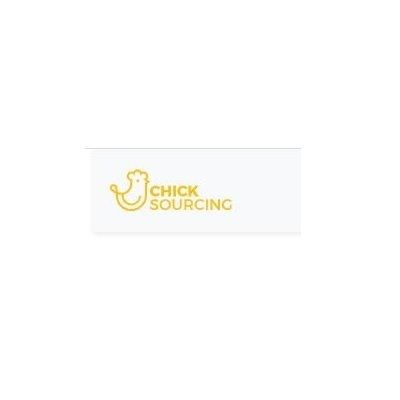
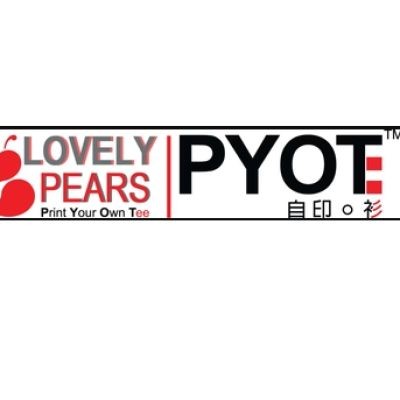
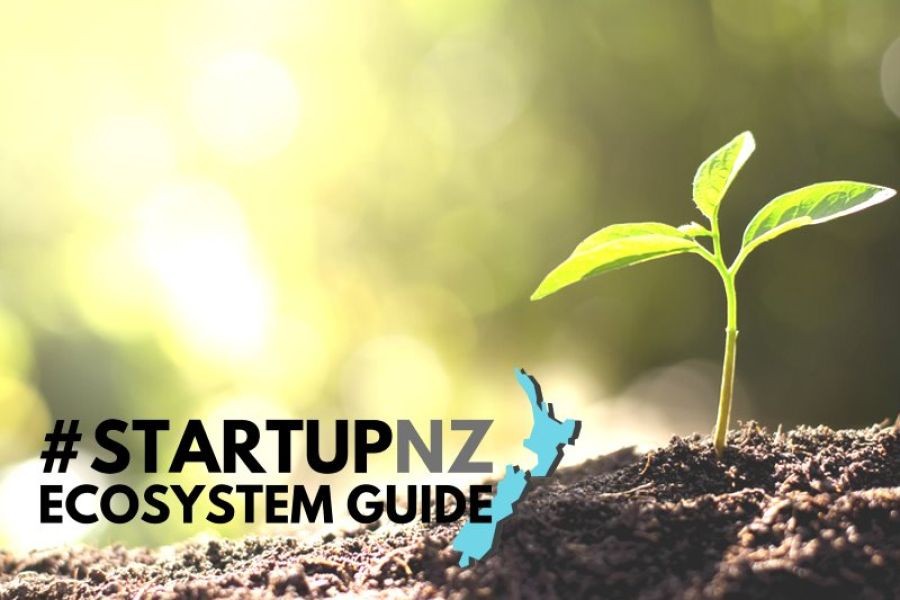

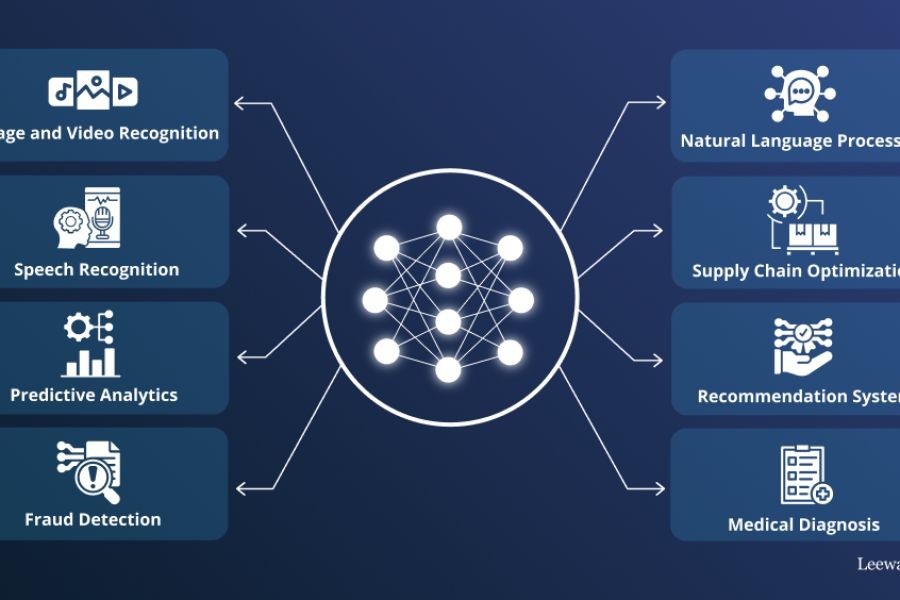


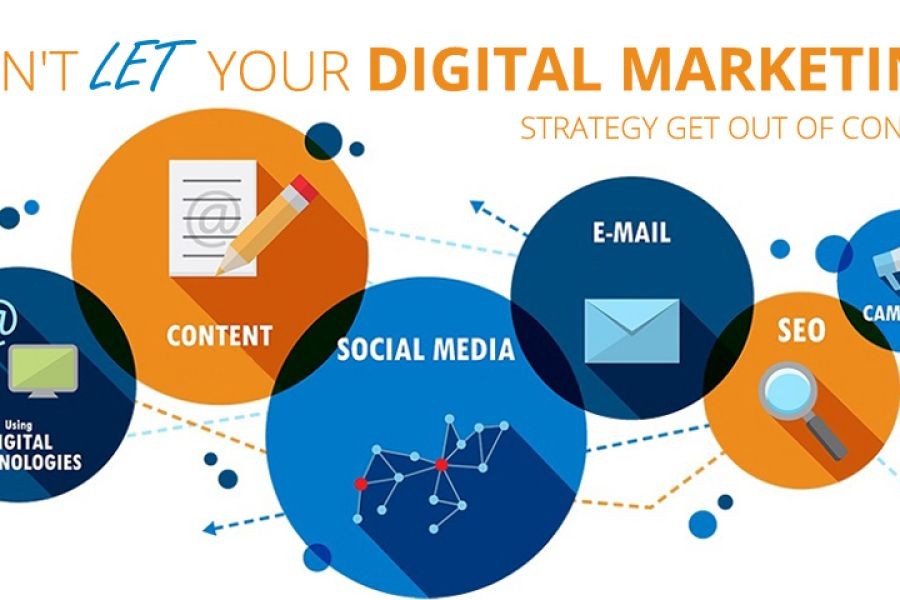
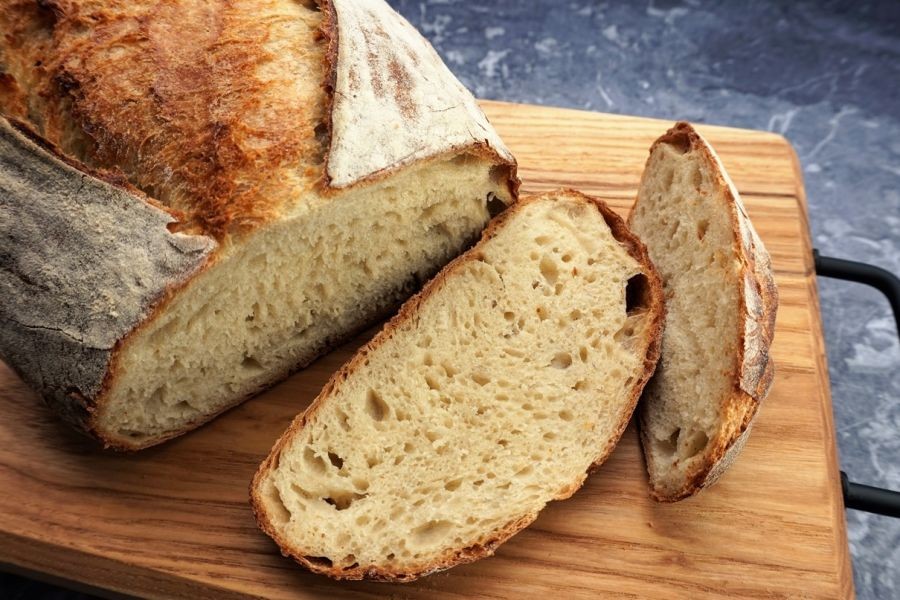









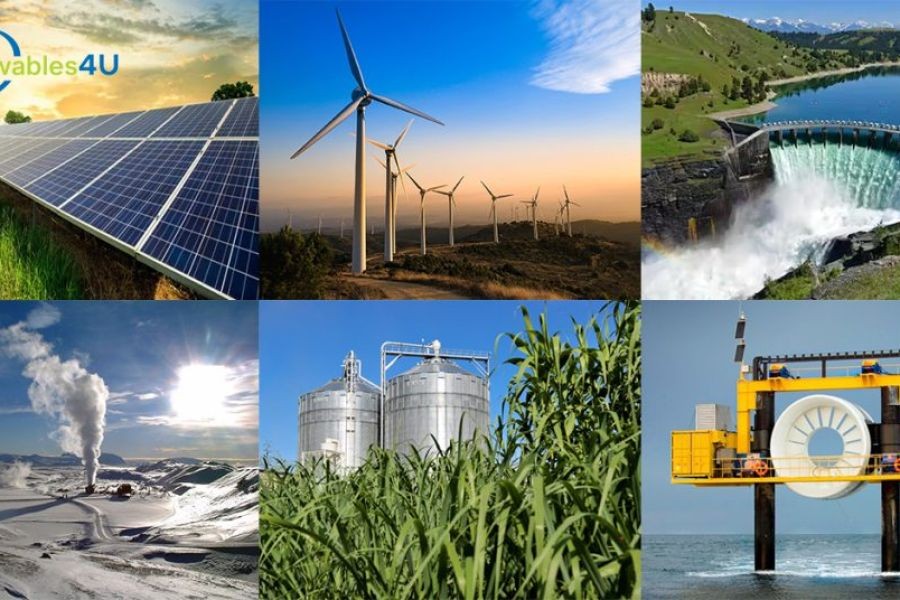








ClarissaDe
1 month ago